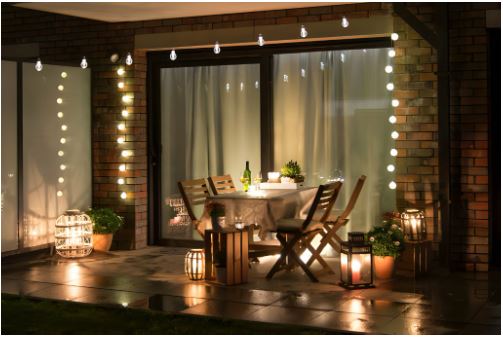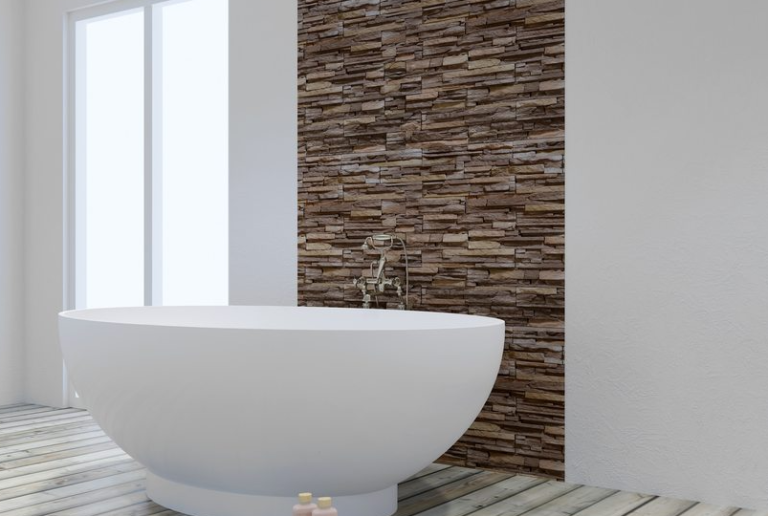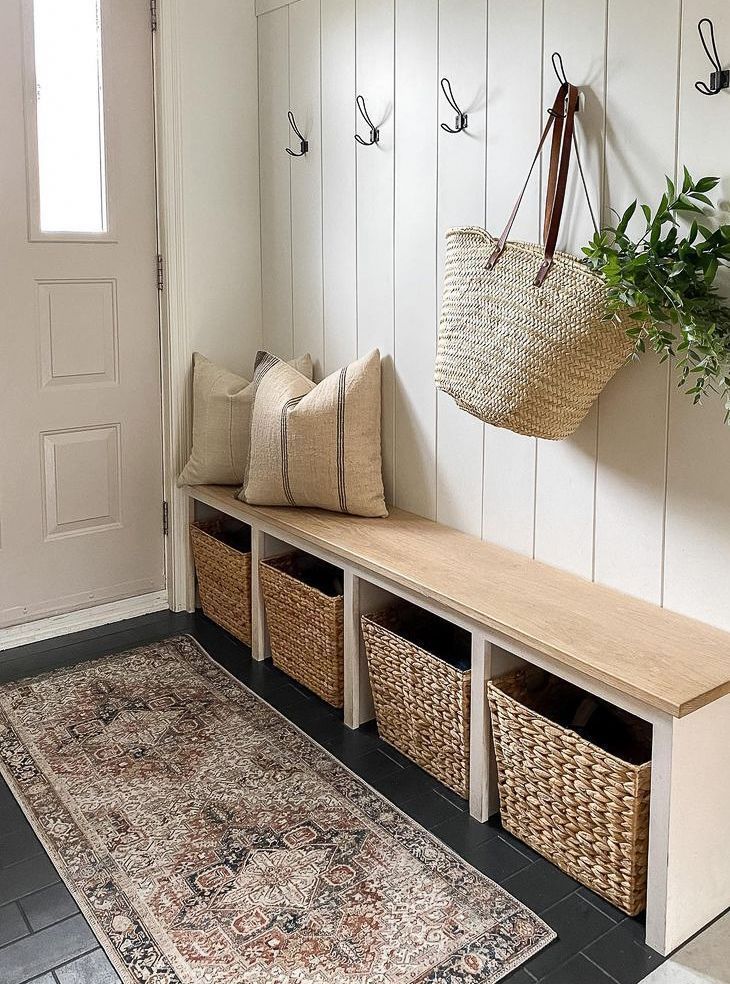How to Choose the Right LED Lights for Your Home
In the contemporary landscape of home lighting, LED lights stand out as a versatile and energy-efficient option. Choosing the right LED lights for your home involves considering factors such as brightness, color temperature, bulb type, and compatibility with fixtures. This comprehensive guide explores the intricacies of selecting LED lights that best suit your home’s needs, ensuring optimal illumination and ambiance.
What are LED Lights?
Light Emitting Diode (LED) lights are semiconductor devices that emit light when an electric current passes through them. Unlike traditional incandescent bulbs, LEDs convert a higher percentage of electrical energy into light, making them more energy-efficient and long-lasting. LEDs come in various shapes, sizes, and configurations, offering versatility in home lighting applications.
Advantages of LED Lights
LED lights offer several advantages over conventional lighting technologies. They consume less energy, have a longer lifespan, and emit less heat, making them ideal for both residential and commercial settings. Additionally, LEDs are available in a wide range of colors and can be dimmed to create customized lighting effects, enhancing the ambiance of any space.
Factors to Consider When Choosing LED Lights
When selecting LED lights for home, consider factors such as brightness, color temperature, and energy efficiency to ensure optimal illumination and cost savings. Additionally, evaluate compatibility with fixtures and dimming capabilities for versatile lighting solutions tailored to your needs.
Brightness and Lumens
The brightness of LED lights is measured in lumens rather than watts, as is the case with traditional bulbs. When selecting LED lights for your home, consider the desired level of brightness for each space. For general lighting, opt for LEDs with higher lumen output, while task lighting areas may require more focused and intense illumination.
Color Temperature
LED lights are available in different color temperatures, ranging from warm white (soft and inviting) to cool white (bright and energizing). The color temperature is measured in Kelvin (K), with lower values indicating warmer tones and higher values indicating cooler tones. Consider the mood and functionality of each room when choosing the appropriate color temperature for your LED lights.
Bulb Type and Fixture Compatibility
LED lights come in various bulb types, including A-shaped bulbs, BR (bulged reflector) bulbs, and MR16 bulbs, among others. Ensure that the LED bulbs you select are compatible with your existing fixtures and sockets. Pay attention to factors such as bulb size, base type, and dimmability to avoid compatibility issues and ensure seamless integration with your home lighting system.
Energy Efficiency and Longevity
One of the primary advantages of LED lights is their energy efficiency and long lifespan. Look for LED bulbs that are ENERGY STAR certified or labeled with an Energy Efficiency Rating (EER) to ensure optimal energy savings. While LED bulbs may have a higher initial cost compared to traditional bulbs, their extended lifespan and lower energy consumption result in significant long-term savings.
Dimming Capabilities and Controls
Dimmable LED lights offer flexibility in adjusting the brightness levels to suit different activities and occasions. When selecting dimmable LED bulbs, ensure compatibility with your existing dimmer switches and controls. Consider investing in smart LED lighting systems that offer advanced features such as remote control, scheduling, and integration with smart home platforms for enhanced convenience and functionality.
Tips for Selecting LED Lights for Different Spaces
When selecting LED lights for various spaces, consider the desired ambiance, color temperature, and lumens output to ensure optimal lighting solutions tailored to each environment. Additionally, prioritize energy efficiency and longevity to maximize the benefits of LED technology while minimizing maintenance costs.
Living Room and Bedrooms
In living rooms and bedrooms, consider LED lights with warm white or soft white color temperatures to create a cozy and inviting atmosphere. Install dimmable LED fixtures to adjust the lighting levels according to the time of day and activities being performed.
Kitchen and Dining Area
For kitchens and dining areas, choose LED lights with cool white or daylight color temperatures to provide bright and energizing illumination for cooking and meal preparation. Install under-cabinet LED strips or recessed lighting fixtures to illuminate countertops and task areas effectively.
Bathroom and Vanity
In bathrooms and vanity areas, opt for LED lights with a color rendering index (CRI) of 90 or above to accurately render skin tones and makeup colors. Choose LED vanity fixtures with adjustable color temperatures to mimic natural daylight and ensure optimal visibility for grooming tasks.
Outdoor and Landscape Lighting
For outdoor and landscape lighting applications, select weather-resistant LED fixtures with a high IP (Ingress Protection) rating to withstand exposure to the elements. Choose LED lights with a wide beam angle and adjustable brightness levels to accentuate architectural features, pathways, and outdoor living spaces.
Conclusion
Choosing the right LED lights for your home involves careful consideration of factors such as brightness, color temperature, bulb type, and compatibility with fixtures. By understanding the basics of LED lighting and evaluating your home’s lighting needs, you can select LED lights that enhance ambiance, improve energy efficiency, and provide long-lasting illumination. Whether illuminating living spaces, kitchens, bathrooms, or outdoor areas, LED lights offer versatility, performance, and style for modern homes.






